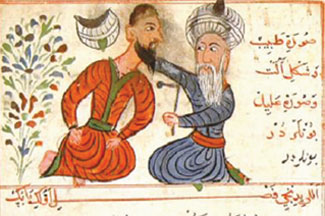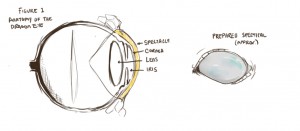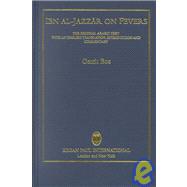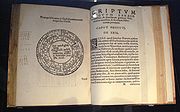Although there are no clinical findings that are exclusive to
multiple sclerosis (MS), but some are highly specific of the disease.
Optic neuritis (ON) and Sensory symptoms are common initial features of
MS (1, 2). Optic neuritis is an inflammation of the optic nerve that
usually first occurs in young and in many cases are associated with
multiple sclerosis (MS), also can occur in isolation. In cases involving
multiple sclerosis, ON is often the first exhibition of chronic
demyelinating process so that 15 to 75% of female patients primarily
presenting with ON eventually develop MS (3-7).
Optic neuritis
usually presented as acute or sub-acute unilateral eye pain with a
relative afferent pupillary defect (Marcus Gunn pupil) (8). Sensory
symptoms are generally termed as numbness, tin-gling, pins-and-needles,
tightness, coldness, or swelling of the limbs or trunk (1, 2).
The
earliest references to eye diseases and optic nerve dysfunction as a
mechanism for vision loss are found in some Persian Medicine texts by
Avi-cenna, Gorgani and Rhazes according to himself and Galen,
Hippocrates and others (9-11).
They described eye's disorders in
perception, mo-tion, and involving both and referred to inflammation of
the optic nerve and various affec-tions of the optic nerve, including
those resulting from "warmth, cold, humidity, and dryness" (12) and the
afferent pupillary defect. They explained that we could detect pain and
heaviness, "swel-ling" of the optic nerve.
All of them describe
eye diseases in the special chapter of their textbooks or some
physicians as Hunain Ibn Is-Haq and Ali Ibn Isa al-Kahhal in the major
textbooks of ophthalmology (8).
New approach to sensory symptoms by Haly Abbas and Ibn Rushd
Ali
ibn al-Abbas ahwazi or al-Majusi (died 982-994), also known as Haly
Abbas, was a Persian physician and psychologist. He is most famous for
the Kitab al-Maliki or Complete Book of the Medical Art, his textbook on
medicine and psychology, and for been a skilled clinician (13).
Another
great philosopher and physician, Aver-roes, an Andalusian Muslim
polymath commonly known as Ibn Rushd (1126 - 1198), wrote a medi-cal
encyclopedia called Kulliyat (in Latin: Colliget). He also made a
compilation of the works of Ga-len, and wrote a commentary on the Canon
of Medicine of Avicenna (14, 15).
Both of them in their books have
the part of prin-ciples of evaluation and management of health and
diseases. In the neurology, part of their books they have wrote sections
about some neurologic disorders as other ancient traditional physicians
as Greek, Islamic or Persian medicine.
But Haly Abbas and then
Ibn Rushd was the first theorist that in the section of Sensory
Disorders begins a new chapter entitled diseases pertaining to sensation
of touch.
In these chapters not only they have described some
sensory symptoms exactly as are defined in modern medicine, but also
fascinatingly, in this passage, they describe the inflammation and
obstruction of the optic nerve, a condition which today we clearly refer
to optic neuritis (16-17).
When Haly Abbas describe etiology of
"Khadar" Equal to paresthesia and hypesthesia gives the examples of how
the nerves damaged. He says some obstructive or inflammatory reasons
that can result peripheral paresthesia, may causes optic neuritis in the
central nervous system (16).
sumber dari: questia.com














![[AL-MAJUSI, Abdul-Hasan Ali Ibn Abbas (died 994]. HALY ABBAS. Liber totius medicine necessaria continens quem sapientissimus... Lyons: Jacobi Myt, 1523.](http://www.christies.com/lotfinderimages/d52170/d5217069l.jpg)



